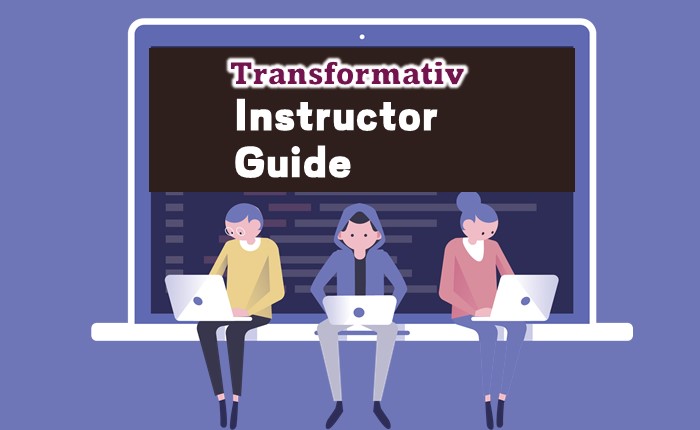Online course business is growing super fast, according to Global Market Insights (2021), the e-Learning market size surpassed USD 250 billion in 2020 and is anticipated to grow at an exponential CAGR (Cumulated Annual Growth Rate) of over 21% between 2021 and 2027. The pandemic definitely is one of the influencing factor that accelerate the acceptance of the online learning behavior.

The biggest advantage of online course business is you can start the business with zero cost! What!? Yes, you hear me correctly. Unlike other online businesses where you have to invest big money or piling up stock to run the business, online course business does not risk you in losing money yet allow you to gain passive income and even better, you just need to do it on a part time basis.
There’s no shortage of remarkable ideas, what’s missing is the will to execute them.
Seth Godin
But how should I start? You might be asking. It is not as complicated as you think. Here are some basic steps you can kick off.
-
Market Scanning – Go to the online course marketplace like Udemy, search for popular courses, scan through the course topics, by doing that you can get a feel on the market trend.
-
Decide Your Course Topic – Refer to the market trend and match with your interest and skillset, pick something that you are most passionate with and put down the topic in a document. you can either using a word document, spreadsheet or notebook, possibly get something you can sync to the cloud like google apps or online notebook.
-
Market research – Zoom in to the topic that you are going to do and google search the related courses and information. Gather the information and again compile into the document you have captured your course topic.
-
Course Outline – Draft your course outline, this include how many modules and lessons you are going to create, very importantly, you must have the learning objective for each module and lessons. You can always model other’s online course with the same topic but do not copy exactly, you should always design the course outline and content based on your expertise.
-
Content Creation – At this stage, put your content into PPT and record your course. If you are doing demo sessions then you should start record the demo (either on screen or off screen) by using recording device. In fact handphone camera is more than enough but just to make sure the lighting quality is sufficient to produce a clear video .
-
Video Editing – After the recording, you will need video editor to edit the videos, there are a lot of free video editing out there. However, I personally used a paid one – Filmora, as it is tvery user-friendly.
-
Review Your Course Content– Once you have done the video editing, review your videos lessons from head to tail to ensure consistency and nothing missed out.
-
Launch – Once you have made sure all are good, you can launch your course either into a marketplace, FB group or you own school. (I will explain the differences between these platforms in my future post).
So, if you are interested to start an online course, go ahead and do the market scanning now!
~ Cheers!





